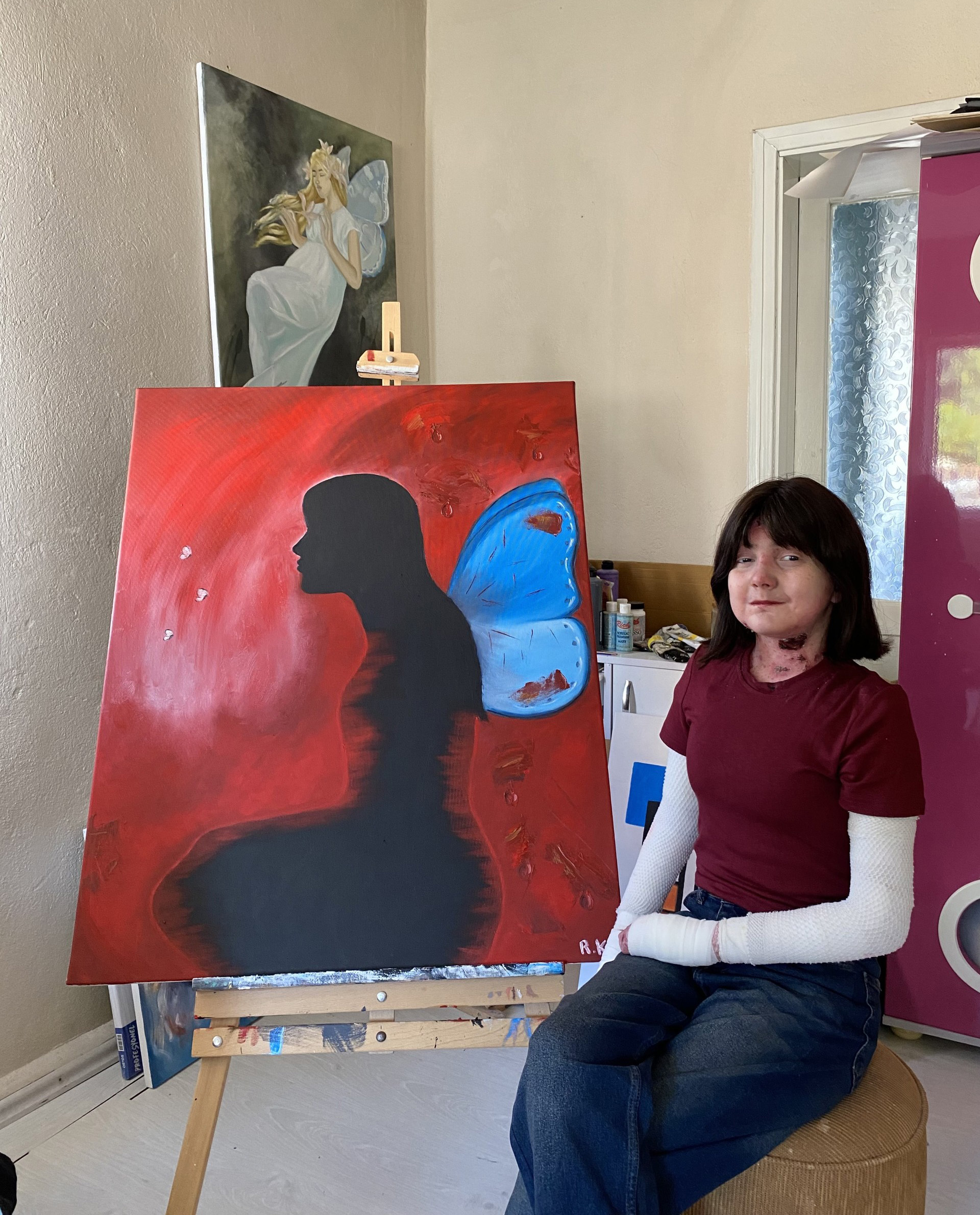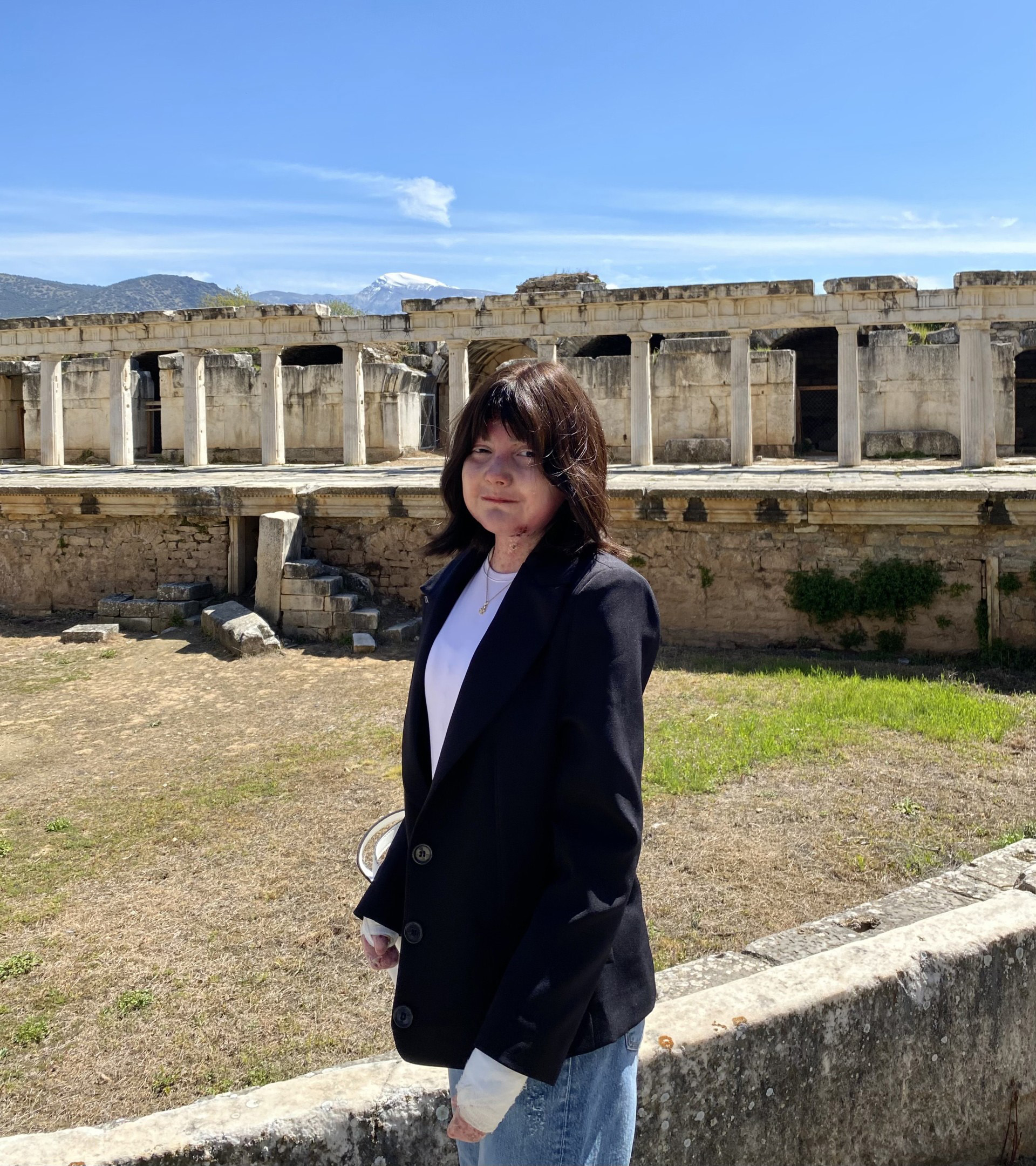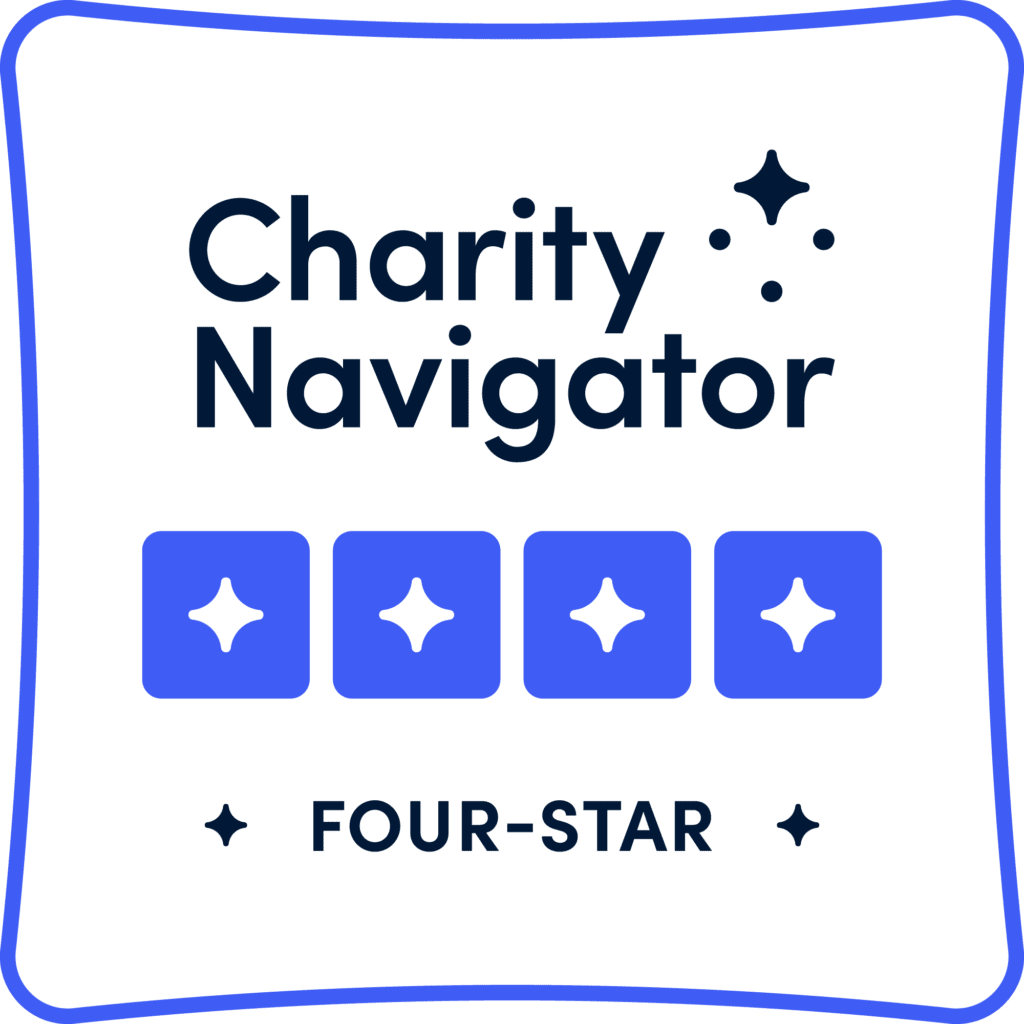Living with Dystrophic Epidermolysis Bullosa (DEB) is certainly difficult, but through those difficulties, I have grown into a completely different version of myself.
When I was around 13 or 14, I went through a period where I constantly felt excluded and inadequate. It was during that time that I found art. When I picked up a brush, it wasn't the pain that spoke but the world inside me. Each stroke of paint became a bandage for the wounds in my soul. I learned to express myself through colors and lines. Even when I was hurting, the hope reflected in my paintings never faded.

EB taught me how to slow down, to be mindful, to be patient, to empathize, to show compassion, and to know my limits, yet still push forward. It taught me how to care for myself, my body, and those around me. When people ask, "How do you endure it?", the answer is simply about living: finding your own path and walking it with love. And yes, learning to live with pain too.
Sometimes I slowed down, sometimes I stopped, but I never stepped back.
This has never been just my journey; it's also my family's. Today, at 22 years old, I stand tall as a strong young woman — and that strength doesn't come from me alone. It's built on my family's devotion, love, and unshakable belief in me. EB isn't just a disease; it's the name of a journey that has made me who I am.
Living with EB means having to be careful and planned even in the simplest daily actions — things that most healthy people wouldn’t even notice. Continuing life with the pain of wounds on your body can be exhausting at times. Doing wound care every single day... In the summer, the heat increases the wounds and makes them more noticeable. I often find myself staying in front of the air conditioner just to feel some relief. In crowded places, I constantly try to avoid physical contact and do everything I can to protect myself.
But the hardest part is not always the physical pain — it's the looks, the wrong assumptions, the comments that come from curiosity or lack of knowledge... I've had to deal with all of this since I was a child. I've learned to live with pain, to face it. And there are still so many things that can't even be put into words.
In my struggle with these challenges, my school, my work, and most importantly, my family have played a huge role. And perhaps above all, what keeps me strong is the love and acceptance I’ve developed for myself. Over time, I’ve learned that some things may not change, but the way we carry them can.
For me, learning to live with EB means living life slowly, but fully.

I want people to see EB not just as a “skin condition,” but as something that affects daily life on many levels. EB isn’t just about bandages, wound care, or fragile skin. It means living a planned life, knowing your body well, and constantly protecting yourself in everyday situations.
We may need to avoid physical contact, crowds, or the summer heat, but that doesn’t stop us from living life. We go to school, focus on our work, create, and dream. EB is a part of our lives, but it does not define who we are.
What I want people to know most is this: EB is not contagious. Our skin might be delicate, but our spirit is not. Alongside our wounds, we carry patience and resilience. We know our limits, but we don’t let those limits define us.

I want EB to be talked about, seen, and understood because awareness isn’t just about information, it’s also about respect and empathy. We don’t need pity; we need to be seen with equal eyes because we are just as much a part of life as anyone else.
- Rabia, Living with Dystrophic Epidermolysis Bullosa (DEB)



